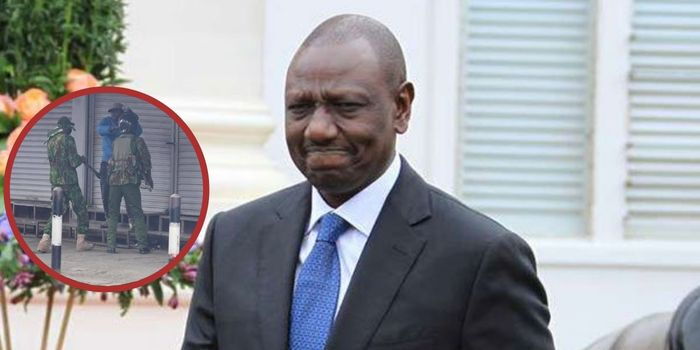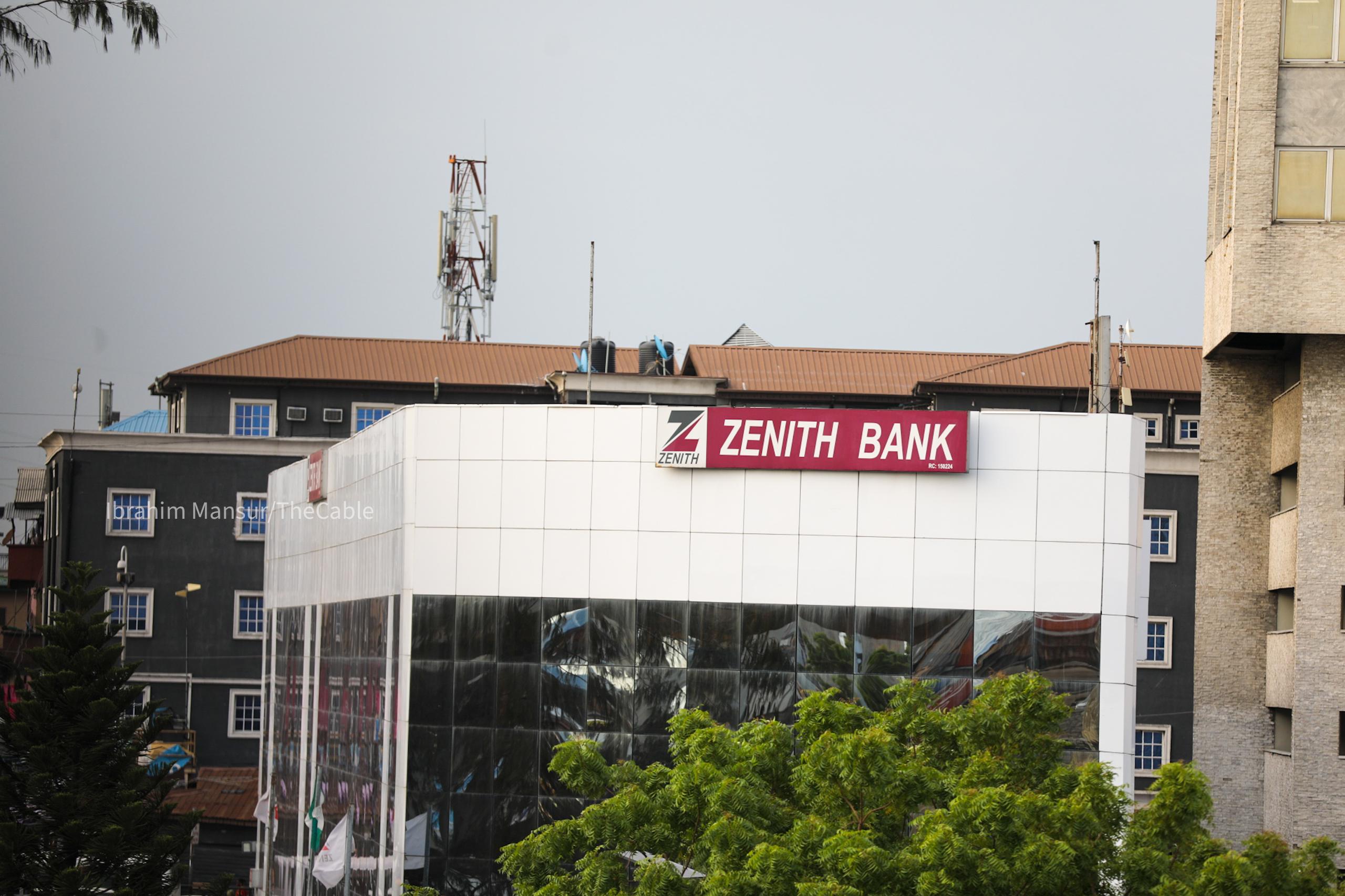The intersection of explosive ordnance (EO) contamination and human mobility presents one of the most pressing challenges in humanitarian action today. As displacement becomes increasingly prolonged and complex, EO contamination continues to pose a barrier to safe movement, limiting humanitarian access, delaying reconstruction, and undermining the achievement of durable and dignified solutions for many communities worldwide.
Humanitarian Mine Action (HMA) is crucial in addressing these challenges. Through activities such as surveying and clearing contaminated areas, providing explosive ordnance risk education (EORE), and engaging with local communities, HMA facilitates safe, voluntary, and dignified movement. It protects and promotes long-term recovery by enabling humanitarian access, restoring access to essential services, and contributing to peacebuilding and sustainable development.
This report emphasises that addressing human mobility challenges in areas contaminated by EO, landmines, and other explosive ordnance necessitates a comprehensive approach. It advocates for integrating mobility-sensitive planning within HMA strategies and calls for stronger coordination across the humanitarian, development, and peacebuilding sectors. Recognising the complex nature of displacement and mobility patterns in the community we serve – whether voluntary or forced, short-term or long-term – the report highlights the need for inclusive, context- specific interventions that empower affected communities and ensure their active participation.
A human mobility perspective acknowledges that movement is fluid, multidirectional, involves multiple actors and is shaped by a variety of factors beyond immediate crisis-driven displacement. This has significant implications for HMA, which must evolve to address the diverse mobility challenges that people face – not only in their return home but also in transit, in search of safety and livelihood opportunities, or while integrating into new communities.
Finally, to be effective, HMA must be integrated into broader frameworks for national capacity development, focusing on sustainability, local ownership, and adequate funding. The report concludes with recommendations to enhance displaced and conflict-affected populations' protection, mobility, and resilience through comprehensive mine action efforts.












